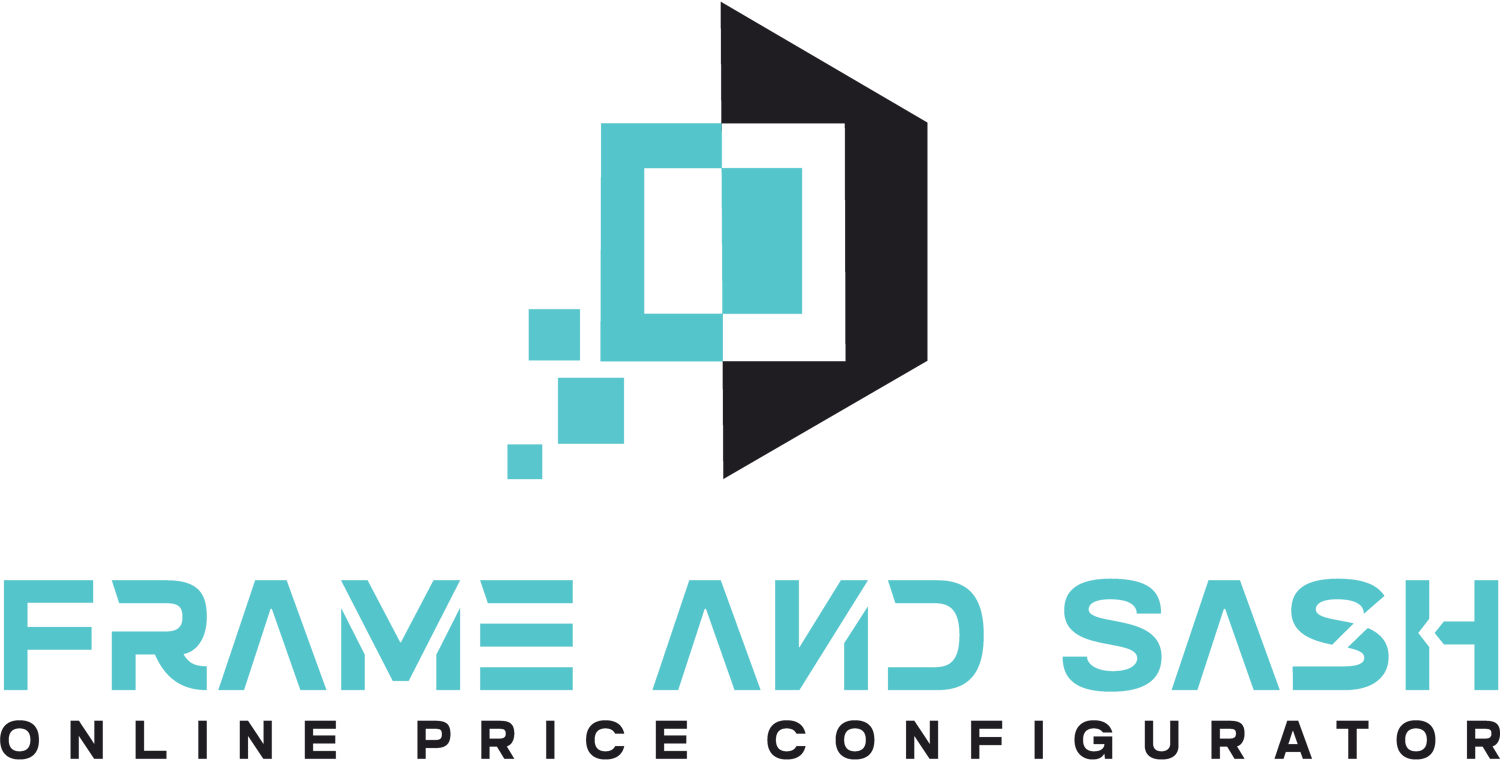In sales, customers often push back with negative phrases. By changing your words, you can build trust and guide them toward a “yes.” Here are three common objections—and how to reframe them for better results. Each section includes a clear explanation and real examples for our window & door industry.
⸻
1. Talk Budget, Not Price Shock
• Don’t say: “Can you pay more?”
• Do say: “What budget do you have?”
Why it works:
Asking about budget feels collaborative. It shows you want to find the right solution, not just a higher ticket.
Example in Sales Call:
You: “Thanks for your interest. What kind of budget did you plan for these new windows?”
Customer: “I was thinking around $5,000.”
You: “Great—that budget gives us strong energy-efficient options. Let me show you two models that fit.”
Use in Marketing:
• Email Subject: “What budget works for your new patio doors?”
• Landing Page Copy: “Tell us your budget, and we’ll match you with the best options.”
⸻
2. Respect Timing, Not “No Time”
• Don’t say: “If you don’t have enough, we can’t work together.”
• Do say: “If this isn’t a priority now, we can reconnect when you’re ready.”
Why it works:
This phrasing removes pressure and keeps the door open for future business.
Example in Follow-Up Email:
You: “I know home upgrades can wait. If this isn’t your top priority yet, let’s set a reminder to revisit your window project in three months.”
Use in Social Media Ads:
• Ad Headline: “Not ready today? Get a free quote when the time is right.”
• Ad Body: “Save your details now and we’ll check in later—no spam, just support.”
⸻
3. Link Price to Quality, Not Haggling
• Don’t say: “We don’t negotiate.”
• Do say: “Our prices reflect the quality and results we deliver.”
Why it works:
This shows confidence and explains why your offering is worth the investment.
Example on Website:
Section Title: “Why Our Doors Cost More”
Copy: “We use thick, weather-resistant materials and offer a 10-year warranty. Our prices match the lasting value you get.”
Use in Sales Presentation:
• Slide Title: “Investment That Pays Back”
• Bullet Points:
• “Premium aluminum frames”
• “Energy savings up to 30%”
• “10-year parts and labor guarantee”
⸻
4. Adapt Your Service, Not Just Discounts
• Don’t say: “I’ll make it cheaper.”
• Do say: “I’ll adjust the service scope to fit your budget.”
Why it works:
Offering options shows flexibility without hurting your margins.
Example in Proposal:
You: “Based on your budget of $8,000, we can install double-pane windows in your living room and standard models in the bedrooms. Or for $10,000, upgrade all rooms with our top-energy series.”
Use in Marketing Collateral:
• Brochure Line: “Choose from three service levels to match your budget and comfort goals.”
⸻
Putting It All Together
1. Listen for the Objection. When a customer says “That’s too expensive,” pause and choose a reframe.
2. Use a Positive Question. Ask about budget, timing, or goals instead of “Can you pay more?”
3. Explain Value. Tie your price to real benefits: savings, quality, warranty.
4. Offer Options. Show different packages to fit various budgets.
By reframing objections with positive, customer-focused language, you build rapport, reduce resistance, and guide buyers smoothly to a decision. Try these simple shifts in your next sales call or marketing campaign—and watch your window & door business grow!


